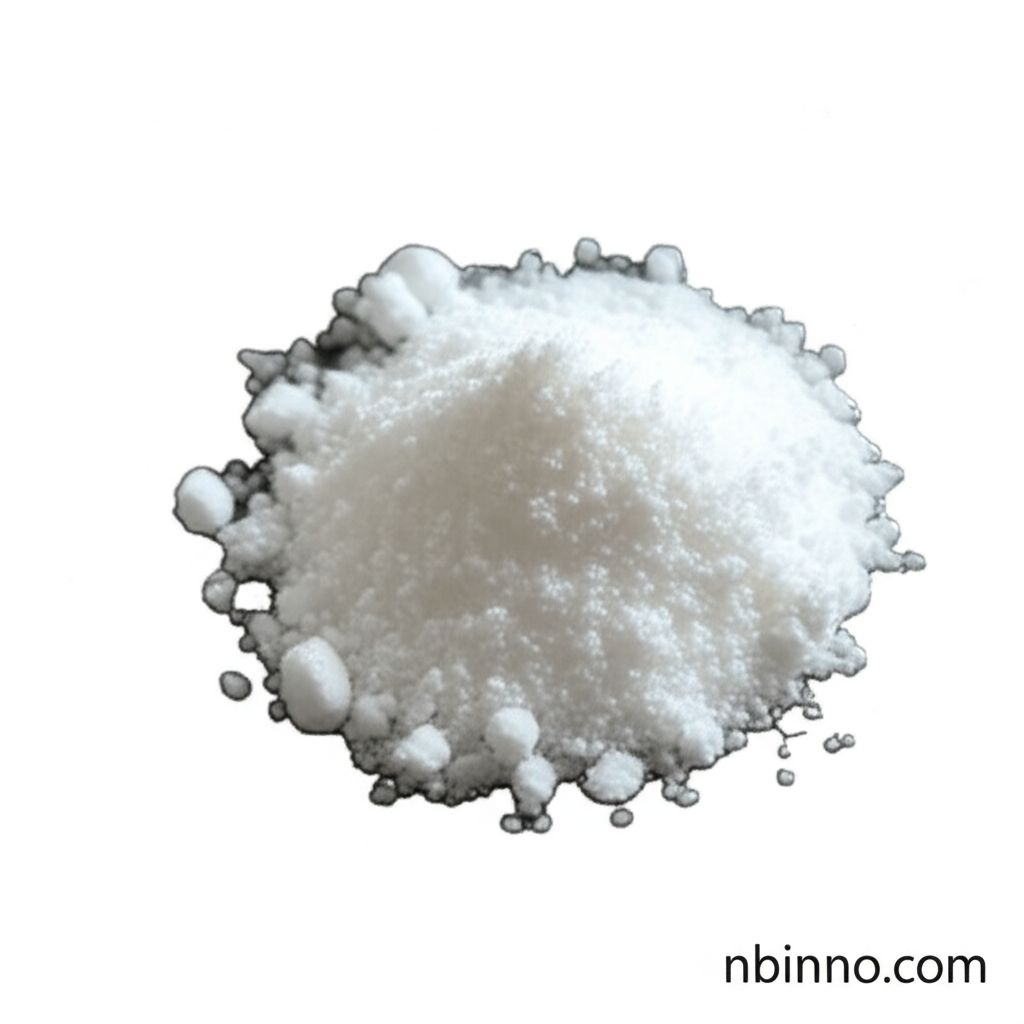Understanding 2-(3,5-Dichlorophenyl)acetic Acid: Synthesis, Properties, and Applications
Discover the key chemical intermediate: its synthesis, properties, and vital roles in pharmaceuticals and agrochemicals.
Get a Quote & SampleProduct Core Value

2-(3,5-Dichlorophenyl)acetic acid
This compound is a crucial building block and intermediate extensively used in the pharmaceutical and agrochemical industries. Its unique structure, featuring a dichlorophenyl group attached to an acetic acid moiety, imparts specific reactivity and biological properties, making it invaluable for synthesizing a wide array of target molecules.
- It serves as a key intermediate in the synthesis of non-steroidal anti-inflammatory drugs (NSAIDs), contributing to pain management.
- The compound is utilized in the manufacture of pesticides, enhancing agricultural productivity by effectively controlling pests.
- Its potential antimicrobial and anti-inflammatory properties are being explored for new drug development targeting various diseases.
- It acts as a precursor in the synthesis of complex organic molecules, including potential antiviral agents.
Advantages Provided by the Product
Versatile Synthetic Intermediate
Leverage the multifaceted reactivity of 2-(3,5-dichlorophenyl)acetic acid as a chemical intermediate, enabling efficient construction of complex organic molecules for diverse applications.
Dual Industry Application
Benefit from its critical role in both pharmaceutical synthesis for developing advanced therapies and in agrochemical production for effective crop protection solutions.
Established Chemical Synthesis Pathways
Utilize well-documented and optimized synthesis routes for 3,5-dichlorophenylacetic acid, ensuring reliable production and consistent quality for your research and manufacturing needs.
Key Applications
Pharmaceutical Synthesis
As a vital intermediate, it contributes to the creation of numerous active pharmaceutical ingredients, including those for pain management and anti-inflammatory treatments.
Agrochemical Development
Its application in pesticide production highlights its importance in modern agriculture, aiding in pest control and crop yield improvement.
Organic Synthesis Research
The compound's reactive nature makes it an excellent building block for synthesizing novel organic compounds and exploring new chemical entities.
Medicinal Chemistry Exploration
Investigate its potential biological activities, such as antimicrobial and analgesic effects, for the development of future therapeutic agents.
